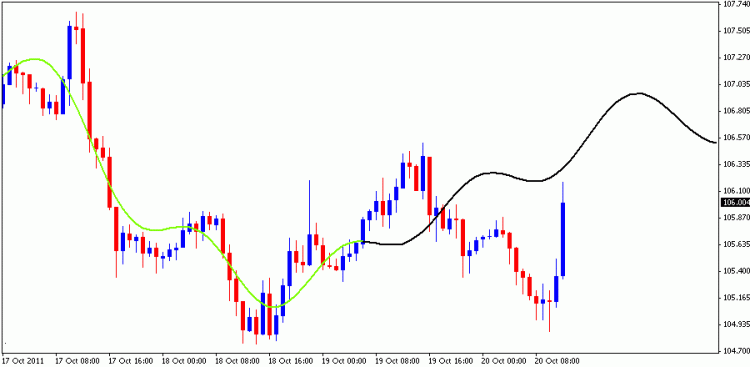- how to code Time[-1]?
- Timestamps of the Open/High/Low/Close prices
- Coding help
Time[0]+n*Period()
By the way, don't be retarded, that chart is done by shifiting
I want the time of Time[-1]
Time[0]+n*Period() DOESNT WORK
there are Sunday and Saturday, those days can have no bars.
By the way, don't be retarded, that chart is done by shifiting
I want the time of Time[-1]
Time[0]+n*Period() DOESNT WORK
there are Sunday and Saturday, those days can have no bars.
By the way, don't be retarded, that chart is done by shifiting
I want the time of Time[-1]
Time[0]+n*Period() DOESNT WORK
there are Sunday and Saturday, those days can have no bars.
(1) No. that is not a chart. It is an indicator.
(2) No. it is not done by shifting.
(3) DO NOT USE & ABUSE THE NAME JESUS, if "retarded" is what you easily use upon others.
I may be wrong with you, BUT YOU ARE WRONG WITH YOURSELF, OTHERS & JESUS.
- Free trading apps
- Over 8,000 signals for copying
- Economic news for exploring financial markets
You agree to website policy and terms of use
